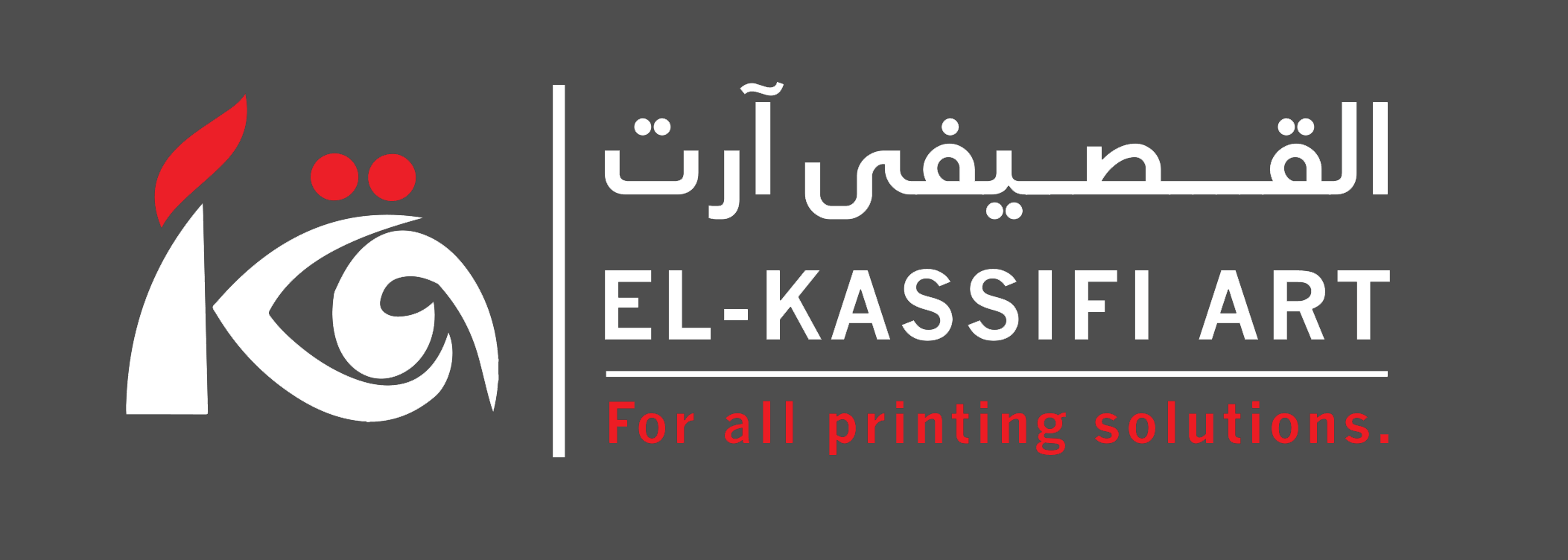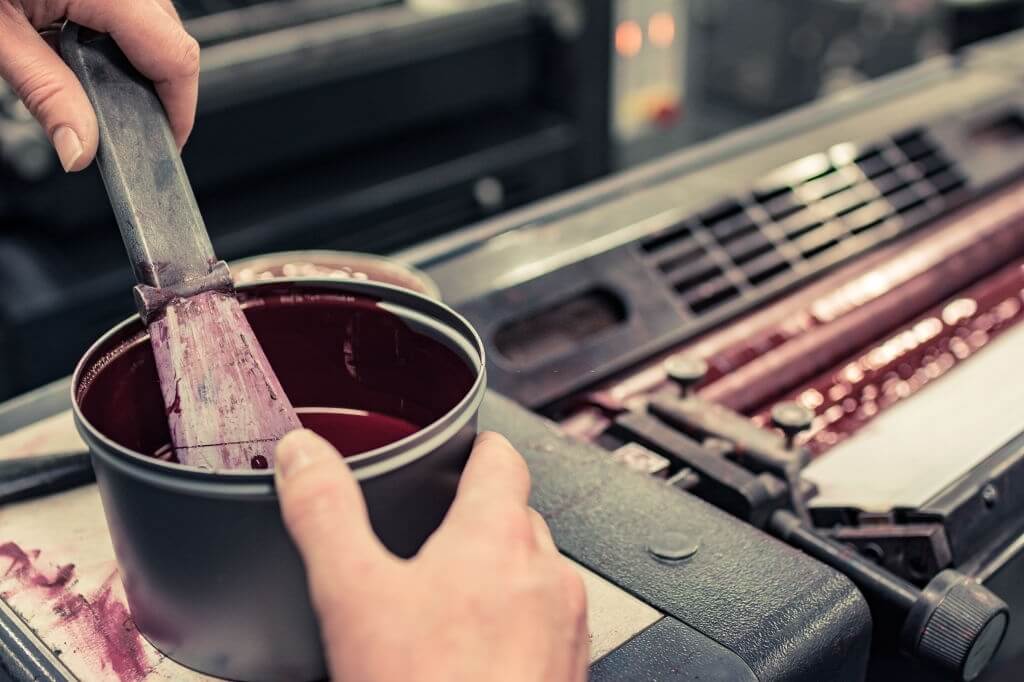Offset Printing was invented by Johann Alois Senefelder (6 November 1771 – 26 February 1834), a German national, who invented the printing technique of lithography. In order to publish his works, he needed a cheaper and more efficient alternative of printing compared to printing sets of embossed letters or engraved plates. This invention formed the most significant revolution in printing industry, and it is currently used in the illustrated magazines and books, but the original process of hand-drawing on stone is still found in the fine art world. The traditional surface for lithography is Bavarian limestone,
This occurred in 1798 AD, as Senefelder tried to print his works on the stone by a pen made of a greasy substance by pouring water on the non-drawn parts of the stone before printing process. He noticed that the ink remains in its place, and before the ink dries, he used to put paper on the drawings and writings found on the stone and press on them strongly from all sides. He found that the drawings moved to the paper. This method is still used to date, especially by the artists and sculptors. The copies of the drawings made in such way are considered original and there are only few number of them, and many persons are interested in purchasing them. This type of printing is considered as commercial because of the high price of drawings. Thanks to the developments, the stone surfaces were replaced by plates of metal foils on which the drawings are placed through the photo imaging techniques by placing the drawings that were inked into a rubber cover located on the surface of the cylinder, and the cylinder, in turn, prints it on paper. Offset lithography is most commonly used technique in the printing of books, magazines, metal compressors, and paperboard found on boxes, and it is known as stable surface printing or Lithography.
Method of Offset Printing
Offset printing plates are prepared through a process known as photolithography from the printing surface and the final design. The negative images of them are placed on a metal plate that is sensitive to light in a process known as air discharge, and it is exposed to strong illumination through lamps. Drawings are affected by so as they are exposed most to light, which increases their solidity. They are covered by lacquer, which increases their solidity. Lacquer is a coating used to cover metals, and the remaining coating is removed by water, which results in the emergence of spaces in areas of the drawings. Glue was used to fill these spaces, which results in increasing the percentage of parts coated with lacquer. The independent units system is adopted by most offset printing presses, some of them print one color such as black or blue or any other color, and others print two or more colors.
After the art of printing became commercial and has been used for many purposes, efforts were exerted to create new methods of printing that give good results. The development of printing techniques continued over time until the emergence of offset printing, which is used in the printing of books, magazines, newspapers and advertisements.
Offset Printing depends on a four-color model known as CMYK
C stands for Cyan which is a color in the blue color spectrum.
M stands for Magneta, which is the red color.
Y stands for Yelow, which is the yellow color.
K stands for Key, which is the black color.
All colors appear at the end result form the use of these four colors only
Offset Printing Methods
There are two types of Offset Printing Methods:
1. Offset Printing on a single paper.
2. Offset Printing on the web.
Offset Printing on a single paper
In this method, paper is placed in the machine as per to the required quantity, and the paper may be cut to be in conformity within the required size before or after printing.
This method is used in the works that require small and medium sizes, such as books, magazines with a limited scope of publication, posters, labels, flyers and letterhead.
Offset Printing on the web
In this method, large and faster machines are used where large rolls of paper are placed to separate and adjust the pages as required. This mode is more effective and efficient while printing publications with large volume and variable content, such as newspapers


Leave a Reply